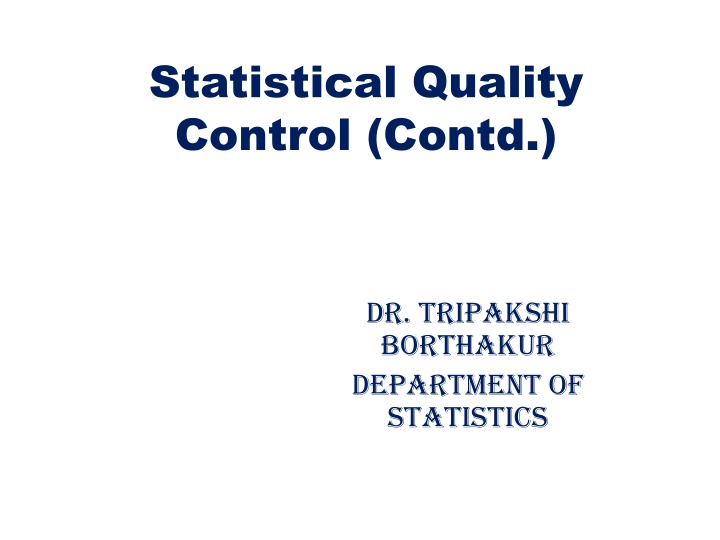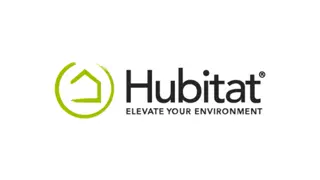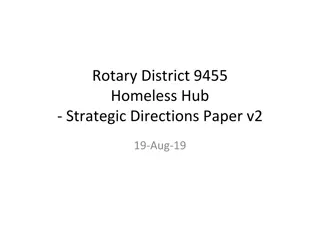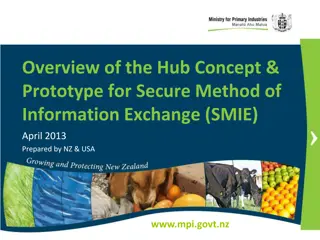Wiltshire Growth Hub Overview & Support Programs
Provides free guidance and support for businesses in Swindon & Wiltshire. Offers programs like This Way Up webinars and SME Competitiveness Program. Peer Networks for business leaders aiming for future success.
Download Presentation

Please find below an Image/Link to download the presentation.
The content on the website is provided AS IS for your information and personal use only. It may not be sold, licensed, or shared on other websites without obtaining consent from the author.If you encounter any issues during the download, it is possible that the publisher has removed the file from their server.
You are allowed to download the files provided on this website for personal or commercial use, subject to the condition that they are used lawfully. All files are the property of their respective owners.
The content on the website is provided AS IS for your information and personal use only. It may not be sold, licensed, or shared on other websites without obtaining consent from the author.
E N D
Presentation Transcript
Statistical Quality Control (Contd.) Dr. Tripakshi Borthakur Department of Statistics
BENEFITS OF STATISTICAL QUALITY CONTROL The benefits of S.Q.C. in a manufacturing process are given below : An obvious advantage of S.Q.C. is the control, maintenance and improvement in the quality standards. With the help of S.Q.C. it is possible to identify and eliminate assignable causes of variation and possibly the inclusion of good ones, viz ., new material or methods. This helps in the detection and correction of many production troubles, and brings about a substantial improvement in the product quality and reduction of spoilage and rework. It is possible to take necessary action to correct troubles at proper time with the help of S.Q.C and thus preventing frequent and unwarranted adjustments.
It provides better quality assurance at lower inspection cost. S.Q.C reduce waste of time and material to the absolute minimum by giving an early warning about the occurrence of defects. Thus from the above discussions, it is clear that the most important functions of SQC are: Evaluation of quality standards of incoming materials, products in process and of finished goods. Judging the conformity of the process to established standards and taking suitable action when deviations are noted. Evaluation of optimum quality conditions. Improvement of quality and productivity by process control and experimentation. obtainable under given
Process control and Product control The main objective in any production process is to control and maintain a satisfactory quality level of the manufactured product so that it conforms to specified quality standards. In other words, we want to ensure that the proportion of defective items in the manufactured product is not too large. This is termed as 'process control' and is achieved through the technique of 'Control Charts' pioneered by W.A. Shewhart. By product control, we mean controlling the quality of the product by critical examination at strategic points and this is achieved through 'Sampling Inspection Plans' pioneered by H.F. Dodge and H.C. Romig. Product control aims at guaranteeing certain quality level to the consumer regardless of what quality level is being maintained by the producer. In other words, it attempts to ensure that the product marketed by sale department does not contain a large number of defective items.
Techniques of SQC Process Control (by Control Chart) Product Control (by Sampling Inspection Plan) Attributes Variables Variables Attributes -Chart R- - Chart X p- Chart np- Chart Chart C- Chart
Control Limits and Tolerance Limits Control Limits are used in Control Charts. These are the limits of sampling variation of a statistical measure (e.g., mean, range, or fraction-defective) such that if the production process is under control, the values of the measure will lie within these limits. Points falling outside control limits indicate that the process is not operating under a system of chance causes, i.e., assignable causes of variation are present, which must be eliminated. Tolerance Limits are the limits of variation of a quality measure of the product between which at least a specified proportion of the product is expected to lie (with a given probability), provided the process is in a state of statistical quality control. For example, we may claim with a probability of 0.99 that at least 90% of the products will have dimensions between some stated limits.























